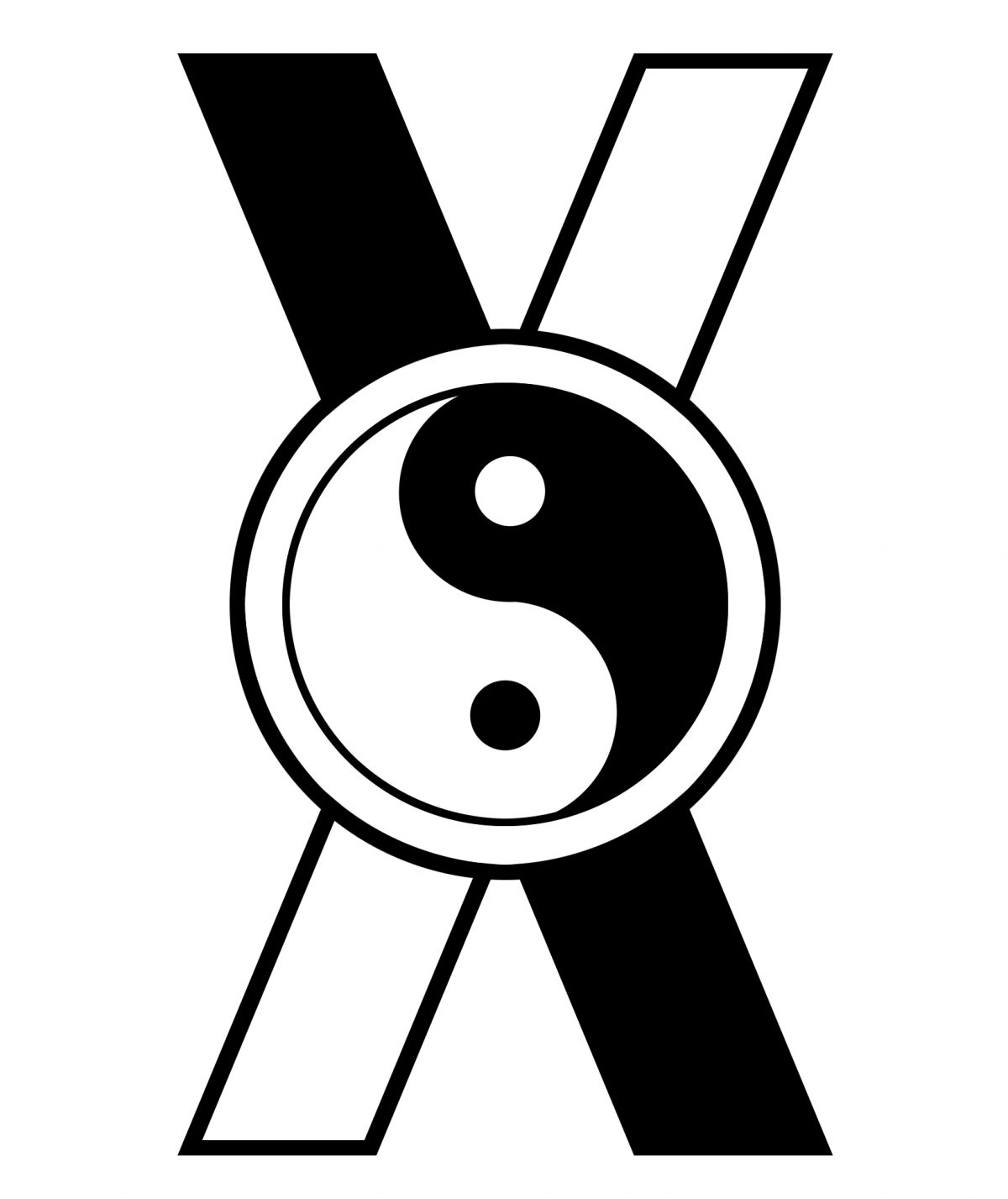As I write this there’s a huge, understandable panic that AI is being used by students so much they don’t know how to read and analyze it. If you are reading this in a future years removed from this essay, I hope you live in a world where AI isn’t such a concern, and you’reNOTin some post-apocalyptic disaster.
Anyway, whatever your chronological state, here in 2025 it’s been quite a concern. If you let AI write for you, analyze for you, etc. you are essentially outsourcing your thinking and your humanity. You will not develop skills you need to read books and understand things, and the skills you do have will decay.
This in turn made me think about spiritual and philosophical writing and how it trains you to read, analyze and understand. For the sake of brevity to encompass such things for self-development I shall call them spiritual works here.
When we sit down with a spiritual work we are attempting to contemplate, grow, and understand some very serious issues. We bring to it a desire to understand and grow, to engage with the work. The attitude of becoming involved in the work is there at the start.
In turn, the engagement is needed.
Spiritual works are about deep issues, and you will find yourself pausing to contemplate and analyze. We’ve all experienced moments where a paragraph or a page can hold our attention for a half hour. In spiritual works, you may find yourself going over something word by word just thinking what it means.
Spiritual works often use symbolism and metaphor as that may be easy to communicate complex truths, represent the otherwise indescribable, or lead you around a bit to help you learn. Symbolism also helps you think, how the symbols work together, what they really mean, and so on. Again, you are engaged with the work, connected to it.
Finally, many spiritual works are often grounded in a place, a person, an experience, a lineage, etc. To engage with spiritual work is to engage with much more than a book or a menial or a series of poems – it’s to learn about who produced it and the situation that led to it. One small book can lead you to a world of context – and a greater point of view.
Reading a good spiritual work teaches you to read, analyze, understand. A person with an interest about such issues can, in time, give themselves ersatz literary training. I once read a book called DIY MFA about how a person can read and write and analyze to gain similar experiences to getting an MFA – and that feels very familiar in spiritual writing.
So in a world of AI writing and AI reading, remember our spiritual pursuits. Sitting down with a book on philosophy or meditation or metaphysics isn’t just enriching morally or spiritually – it’s enriching literately. Your wrestling with ethics or breath meditation or divinities also helps you learn to read, analyze, and understand.
Just another reason to do it, I suppose.
-Xenofact
